FACILITIES AND SERVICES
FACILITIES
The centre is fully equipped with different mass spectrometers, such as LC-MS QQQ or GC-MS QQQ, LC-MS Q-TOF, GC-HRMS, GC-IRMS, MALDI-TOF, MALDI TOF/TOF, LC-MS LTQ Orbitrap, etc. and they are used to support the research and development (R&D) in the particular field of analytical biochemistry.

GCMS - Single Quadrupole
A single quadrupole gas chromatograph-mass spectrometer called the GCMS-QP2010 SE provides stable and economical analysis for difficult chemicals. In both quantitative and qualitative analysis, great sensitivity is guaranteed by a high-performance quadrupole mass filter.
GCMS-QQQ

Features
-
Maximize your lab’s capabilities by creating and editing acquisition methods easier than ever before with the NEW dMRM Acquisition Mode
-
Increase your lab’s capacity with the NEW Single Quad Method Compatibility – Load and execute GC/MSD methods, increasing your lab’s capacity to handle samples requiring SIM or scan acquisition.
-
High sensitivity EI Extractor Ion Source delivers confident trace analysis even in complex matrices with an IDL less than 4fg OFN.
-
MassHunter Software delivers complete control from tune to report generation while streamlining your workflow.
-
Enhance mass spec performance by reducing common contaminants, neutral noise and cool down time with Heated Gold Quadrupoles, Triple-Axis HED-EM Detector and Fast Venting.
gc-hrms
GC-HRMS. Gas Chromatography Coupled with High Resolution Mass Spectrometry. High Resolution Mass Spectrometry in Combination with Gas Chromatography. A gas chromatograph paired with a mass spectrometer (GC-HRMS) is a combination analyzer with enhanced capabilities for both qualitative and quantitative analysis of organic substances. With its straightforward operation and high sensitivity, it inherits the characteristics of high resolution and accurate mass measurement.
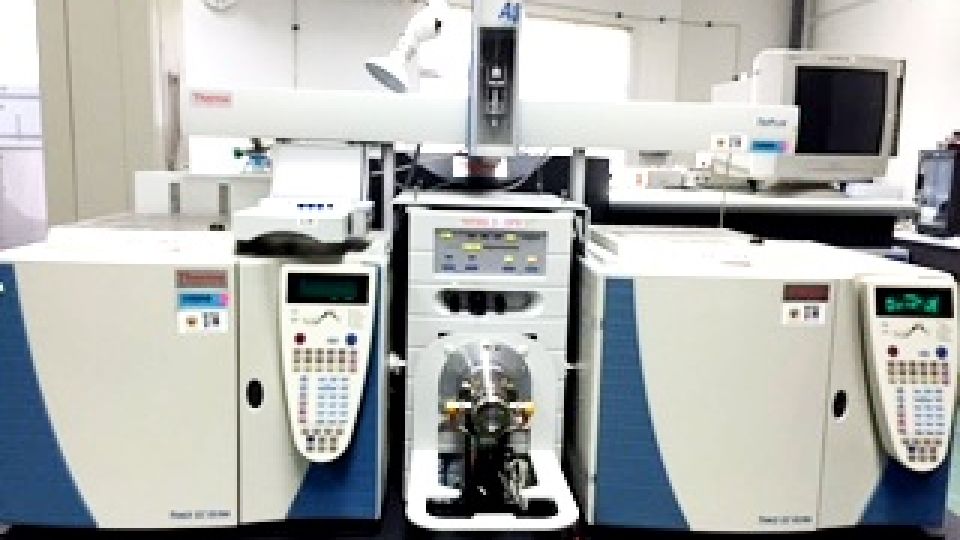
LCMS-Ion trap
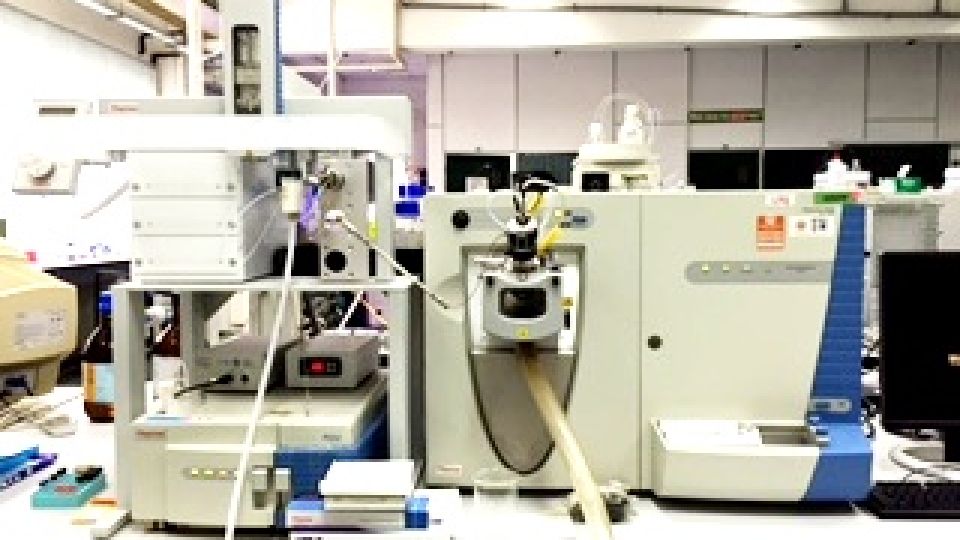
Liquid Chromatography Mass Spectrometry (LC-MS). The Thermo Scientific Linear Ion Trap Mass Spectrometer is the only mass spectrometer you need for general-purpose analysis. Ion trap mass spectrometers are becoming more affordable and include automated capabilities that allow all users, regardless of degree of competence, to feel more confident in both their results and instrument operation skills. Check out the information about ion trap mass spectrometry below, or contact one of our professionals for help.
LCMS-QQQ

A triple-quadrupole mass spectrometer, or QqQ, is a tandem MS technique in which the first and third quadrupoles serve as mass filters and the second quadrupole fragments the analyte by interacting with a collision gas. It is a radiofrequency-only quadrupole and can be used in either SIM or scan mode.The technique can be applied to quantitation or to gather structural data. Product ion scan, precursor ion scan, neutral loss scan, followed by selective reaction monitoring (SRM) or multiple reaction monitoring, is a typical sequence for structural mass spectra (MRM). The advantages of this technology, which combines triple-quad LC-MS, GC-MS, GC-MSD, and ICP-MS, include increased selectivity, improved S/N, lower limits of quantification, wider linear range, and enhanced accuracy. QqQ is a dependable approach for a variety of applications, including clinical research, food safety, forensics, environmental, and proteomics, despite being particularly helpful for all phases of pharmaceutical development.
ICP MS
Inductively coupled plasma mass spectrometry. ICP-MS Inductively coupled plasma mass spectrometry designed to meet the needs of all laboratories.high calibre. Saves money. Improve Efficiency Durable and trustworthy. Types: ICP-OES, ICP-MS, and AA Spectroscopy. Each element's unique isotopes can be measured using ICP-MS, and laboratories interested in one particular isotope of an element or the ratio between two isotopes of an element can benefit from this capacity.
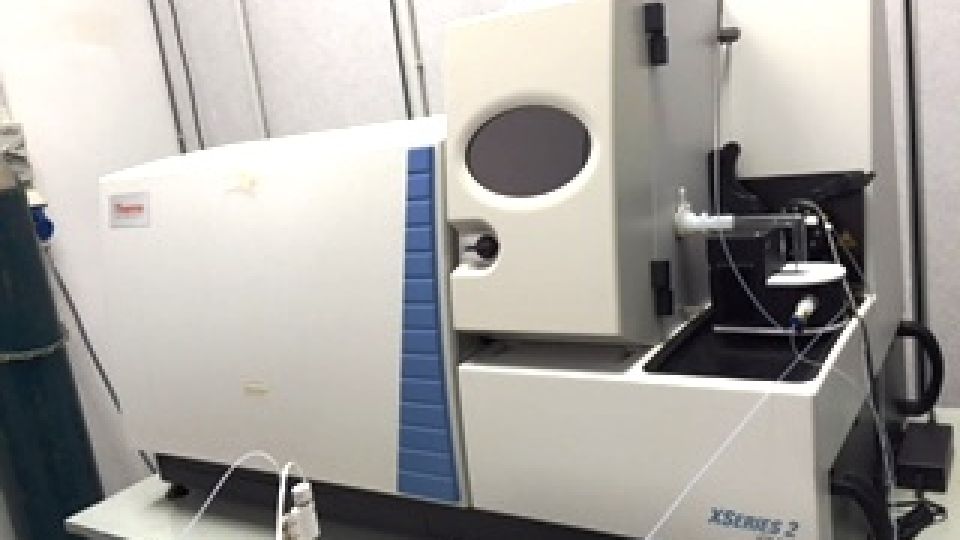

Orbitrap is an ion trap mass analyzer used in mass spectrometry that traps ions in an orbital motion around the spindle using an outer barrel-like electrode and an inner spindle-like electrode that are coaxial. Using the Fourier transform of the frequency signal, the image current from the trapped ions is identified and transformed into a mass spectrum. The highest levels of accuracy and precision are provided by Orbitrap mass spectrometers. Take advantage of the HRAM performance benefits provided by our special Orbitrap mass analyzers. In order to improve the separation of unknown and known substances and to enable high-throughput operations, orbitrap devices can be connected to liquid chromatography equipment. offers a broad range of Orbitrap-based MS systems, including systems with quadrupole mass filters and ion traps, to meet all of your analysis needs.
LCMS-LTQ Orbitrap
Quadrupole Time of Flight Liquid Chromatography Mass Spectrometry (QTOF-LCMS).
Services:
• To screen an accurate-mass of non-volatile compound
• To screen and identify known or unknown non-volatile compound based on Food, Environmental, Natural Product, Synthetic Drug Adulterant libraries database
LCMS-QTOF
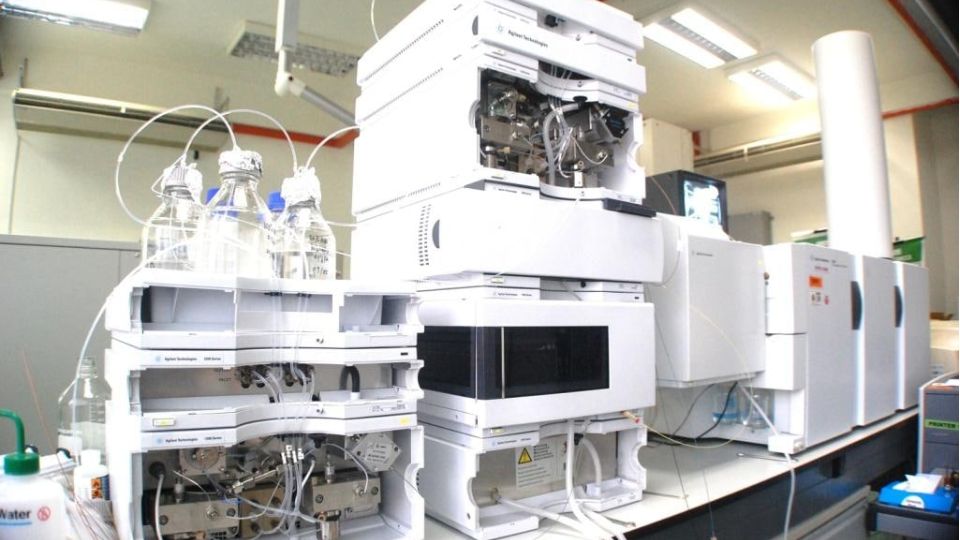
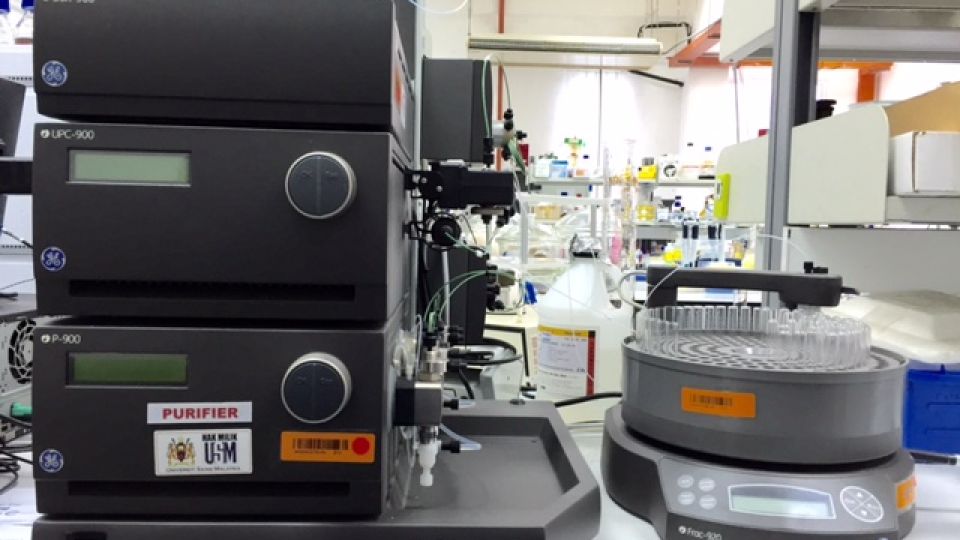
Protein Fractionator
Protein fractionation is the term used to describe the process of isolating, classifying, and identifying different proteins that are present in a sample. However, the number of proteins typically makes it difficult to analyse proteomes, particularly because larger, more numerous proteins have a tendency to mask the signal of proteins with lower abundance. By coincidence, the group's more intriguing proteins are typically those with lesser abundance.
LCMS-QTOF

High Performance Liquid Chromatography.
HPLC is an abbreviation for High Performance Liquid Chromatography. "Chromatography" is a technique for separation, "chromatogram" is the result of chromatography, and "chromatograph" is the instrument used to conduct chromatography.
Among the various technologies developed for chromatography, devices dedicated for molecular separation called columns and high-performance pumps for delivering solvent at a stable flow rate are some of the key components of chromatographs. As related technologies became more sophisticated, the system commonly referred to as High Performance Liquid Chromatography, simply became referred to as "LC". Nowadays, Ultra High Performance Liquid Chromatography (UHPLC), capable of high-speed analysis, has also become more wide-spread.
Only compounds dissolved in solvents can be analyzed with HPLC. HPLC separates compounds dissolved in a liquid sample and allows qualitative and quantitative analysis of what components and how much of each component are contained in the sample.
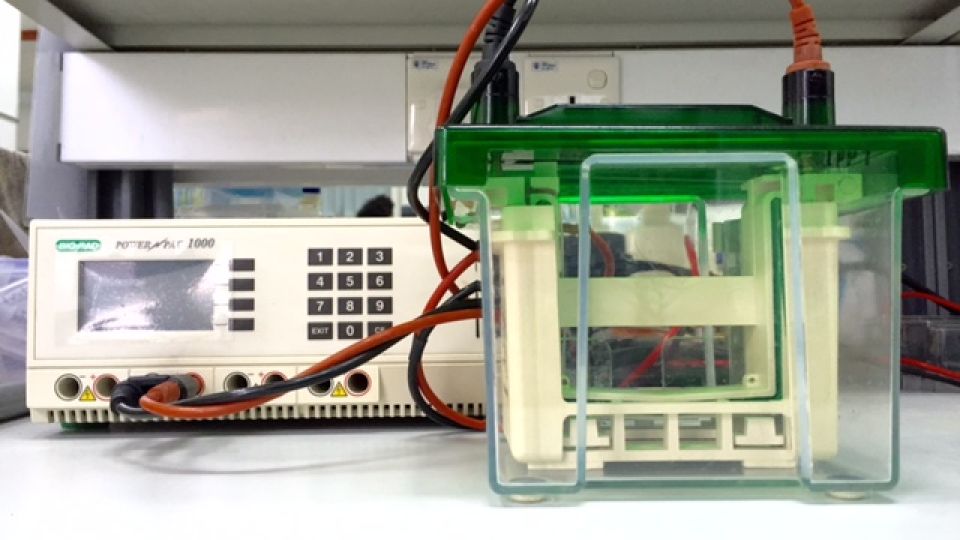
Electrophoresis Systems
Electrophoresis is a laboratory technique used to separate DNA, RNA or protein molecules based on their size and electrical charge. An electric current is used to move the molecules through a gel or other matrix..The movement and separation of charged particles (ions) caused by an electric field is referred to as electrophoresis. Two electrodes (anode, cathode) with opposing charges are joined by a conducting liquid known as an electrolyte to form an electrophoretic system. Differences in the ionic particle's velocity (v), which is the result of the particle's mobility (m) and the field strength (E), cause the separation effect:
Gel Free Protein Fractionator
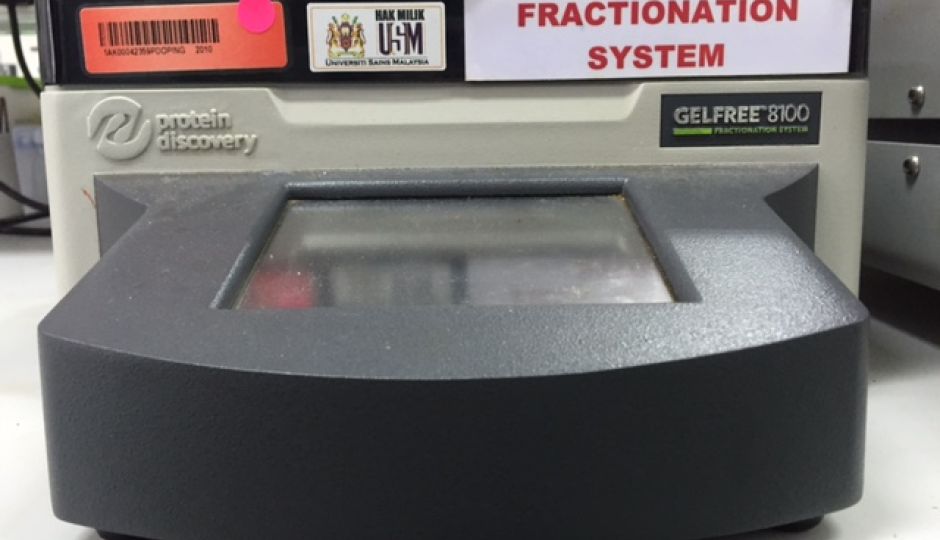
System is a novel protein fractionation system designed to maximize protein recovery during molecular weight based fractionation.The system consists of a tabletop fractionation instrument and single-use cartridges with an 8-sample capacity. Each protein combination is electrophoretically pushed from a loading chamber into a specifically constructed gel column gel while a constant voltage is provided between the anode and cathode reservoirs during separation. In a resolving gel, proteins are sorted based on their unique electrophoretic mobilities after being condensed into a narrow band in a stacking gel. Proteins are captured and concentrated in liquid phase, free of the gel, in the collection chamber as they elute from the column. A pipette is then used to collect fractions after pausing the device at predetermined intervals. Repeat this procedure until all desired fractions have been gathered.
MALDI TOF-TOF
Protein fractionation is the term used to describe the process of isolating, classifying, and identifying different proteins that are present in a sample. However, the number of proteins typically makes it difficult to analyse proteomes, particularly because larger, more numerous proteins have a tendency to mask the signal of proteins with lower abundance. By coincidence, the group's more intriguing proteins are typically those with lesser abundance.


IR MS
Mass spectrometric techniques are employed in isotope-ratio mass spectrometry (IRMS), a subfield of the technique, to determine the relative abundance of isotopes in a given sample. In the earth and environmental sciences, this method has two different uses. Measurement of isotopic changes resulting from mass-dependent isotopic fractionation in natural systems is typically the focus of investigation of "stable isotopes."
NMR
Nuclear Magnetic Resonance is referred to by the abbreviation NMR. By viewing and quantifying the interaction of nuclear spins when they are subjected to a strong magnetic field, an NMR device enables the analysis of a material's molecular structure.
